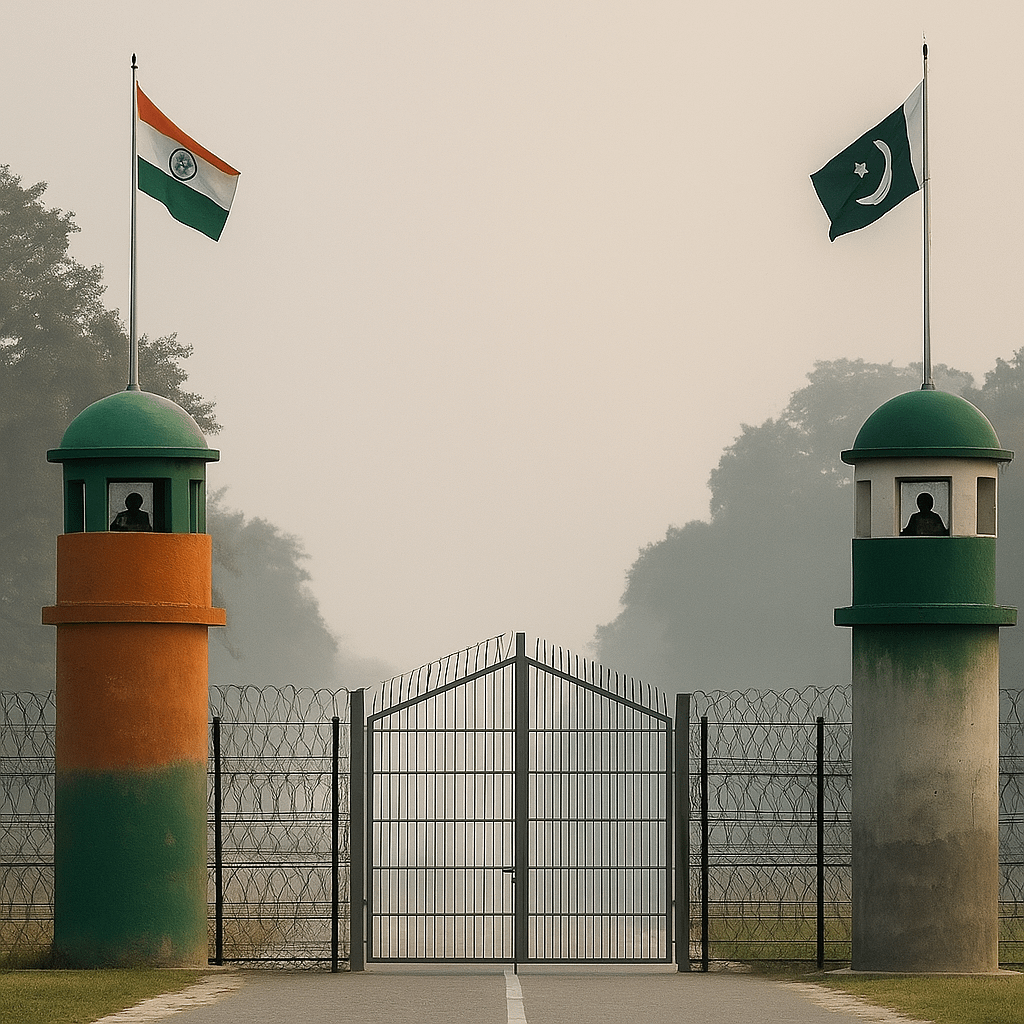Escalating Tensions at the Border
The long-standing rivalry between India and Pakistan has once again taken a dangerous turn. In early May 2025, India launched airstrikes on suspected militant positions across the border in response to a deadly attack in Jammu and Kashmir. Pakistan responded by scrambling fighter jets, resulting in the downing of two Indian aircraft.
Casualties and Military Movements
According to local sources and official statements, over 30 military personnel have died in the latest exchanges. Both nations have mobilized additional troops along the Line of Control (LoC), raising fears of a broader conflict. Civilians in border regions have begun evacuations amid rising artillery exchanges.
International Response
Global powers including the United States, China, and the European Union have urged both sides to de-escalate. The United Nations has called for immediate dialogue and announced plans for an emergency Security Council meeting. Analysts warn that the presence of nuclear weapons on both sides makes this standoff particularly dangerous.
Historical Context
India and Pakistan have fought multiple wars since their independence in 1947, primarily over the disputed Kashmir region. Despite peace talks in past decades, the situation remains fragile, with sporadic clashes common along the LoC. The latest surge in violence is the most serious since the 2019 Pulwama-Balakot incident.
What Happens Next?
While diplomatic channels remain open, there is growing concern that political pressure on both governments could hinder peace efforts. Analysts stress the need for restraint and third-party mediation to prevent the situation from spiraling out of control. Regional stability depends heavily on how quickly both nations can de-escalate.

